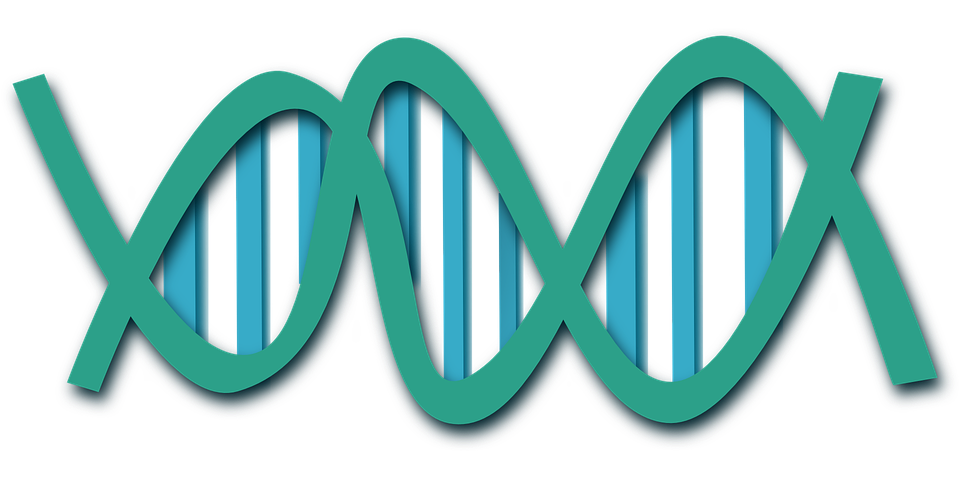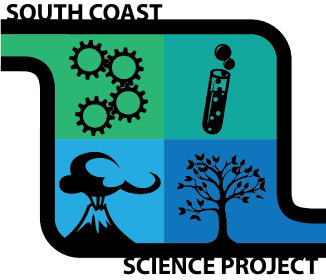
The 2020 SCSP Summer Institute focused on Molecules, Organisms, and Ecosystems (LS1 & LS2). The content of this institute will be repeated in 2026.
The 2021 SCSP Summer Institute focused on Evolution and Heredity (LS3 & LS4). The content of this institute will be repeated in 2027.
Conceptual Flows: Life Science
Our concept flows are diagrams that show one way that scientific concepts within a specific disciplinary core idea can connect and build. These diagrams include concepts from kindergarten through eighth grade and help guide our instruction for each Summer Institute.
Conceptual Flow Diagram |
Disciplinary Core Ideas |
NGSS Performance ExpectationsClick on linked PEs to see corresponding lessons. |
Year Presented |
|
LS1: From Molecules to Organisms: Structures and Processes
|
3-LS1-1 MS-LS1-1, MS-LS1-2, MS-LS1-3, MS-LS1-4, MS-LS1-5, MS-LS1-8 |
Life Science Part 1: Molecules, Organisms, and Ecosystems Summer 2020 |
|
| Ecosystems |
LS1: From Molecules to Organisms: Structures and Processes
LS2: Ecosystems: Interactions, Energy, and Dynamics
LS4: Biological Evolution: Unity and Diversity
|
K-LS1-1 3-LS1-1, 3-LS2-1, 3-LS4-4 5-LS1-1, 5-LS2-1 MS-LS1-4 7th and 8th Grade PEs: MS-LS1-5, MS-LS2-1, MS-LS2-2, MS-LS2-3, MS-LS2-4, MS-LS2-5 |
Life Science Part 1: Molecules, Organisms, and Ecosystems Summer 2020 Environmental Science Summer 2019 |
|
LS1: From Molecules to Organisms: Structures and Processes
LS2: Ecosystems: Interactions, Energy, and Dynamics
PS3 - Energy
|
2-LS2-1 5-LS1-1, 5-LS2-1, 5-PS3-1 MS-LS1-5 7th and 8th Grade PEs: MS-LS1-6, MS-LS1-7, MS-LS2-3 |
Life Science Part 1: Molecules, Organisms, and Ecosystems Summer 2020 |
|
|
LS3: Heredity: Inheritance and Variation of Traits
|
3-LS3-1, 3-LS3-2 8th Grade PE: MS-LS3-1 |
Life Science Part 2: Evolution and Heredity Summer 2021 |
|
| Evolution |
LS4: Biological Evolution: Unity and Diversity
LS1: From Molecules to Organisms: Structure and Process
LS3: Heredity: Inheritance and Variation of Traits
ESS2: Earth Systems
|
K-ESS2-2, K-LS1-1 3-LS4-1, 3-LS4-2, 3-LS4-3, 3-LS4-4, 3-LS3-1, 3-LS3-2, 3-LS3-2 4-LS1-1 8th Grade PEs: MS-LS4-1, MS-LS4-2, MS-LS4-3, MS-LS4-4, MS-LS4-5, MS-LS4-6 |
Life Science Part 2:Evolution and Heredity Summer 2021 |
Lessons: LS1 - From Molecules to Organisms: Structures and Processes
Lessons: LS2 - Ecosystems: Interactions, Energy, and Dynamics
Grade Level |
NGSS Performance Expectation(s) |
Lesson Title and Description |
Lesson Materials |
Presenter(s) |
|
2-LS2-2* K-2-ETS1-3 |
Hitchhiking Seeds In this lesson, students will explore the different methods for seed dispersal and the effect that humans can have on this process. Students will also practice their engineering skills by designing and building a seed that can be dispersed by either wind or by animal. They will then evaluate their classmates’ designs to learn what properties of seeds make them ideal for each dispersal mechanism. |
Darby Feldwinn Kyla Rightmer Summer 2025 |
||
|
2 |
2-LS2-2 |
Busy Bees In this lesson students will explore the relationship between bees and flowers and learn that both organisms need the other to survive. Students will examine structures on both the bee and the flower to learn how these aid in getting the bee food and pollinating the flower. |
Darby Feldwinn Kyla Rightmer Summer 2020 |
Lessons: LS3 - Heredity: Inheritance and Variation of Traits
Lessons: LS4 - Biological Evolution Unity and Diversity
